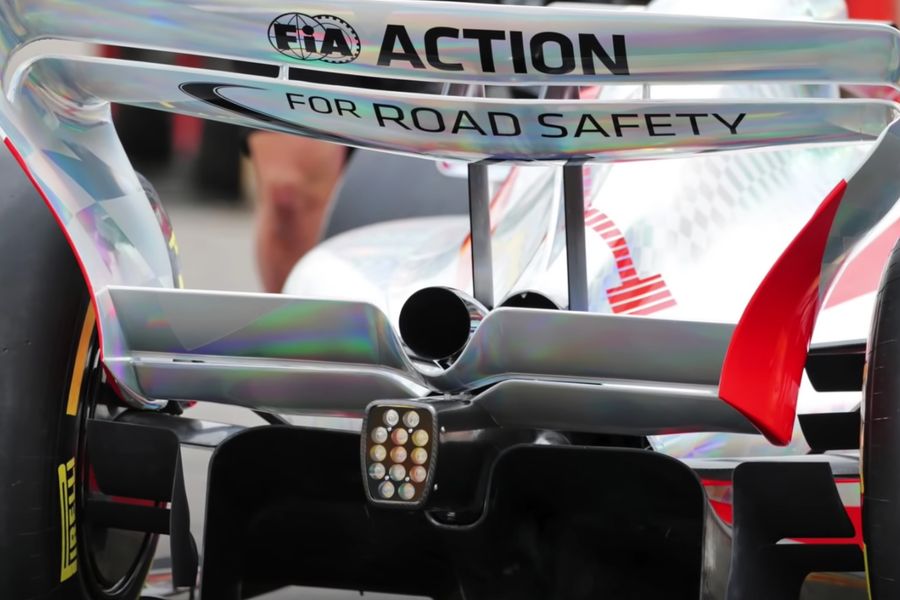What is DRS?
January 31, 2023
Formula 1 cars are the most technologically advanced racecars on the planet. However, the desire by the teams to continue improving the car has caused unsafe racing conditions in the past. This has led to a multitude of new regulations to keep the racing safe for drivers and entertaining for spectators. These regulations can also create many confusing aspects of the race, including the topic of this article, the Drag Reduction System, or DRS.
What is DRS?
The rear wing of an F1 car consists of two flaps: an upper flap, which is on a motorized hinge, and a lower flap, which is fixed to the wing frame. There is a gap in between the two flaps that reduces aerodynamic resistance while maximizing downforce. Despite this, the wing still creates a massive amount of drag, lowering the top speed. The DRS seeks to fix this. By pressing a button on his steering wheel, the driver can unlock the upper flap hinge, which swings it upward and exponentially increases the top speed. In this clip, we can see an opened DRS flap closing at the end of a straight, restoring the car’s normal grip level.
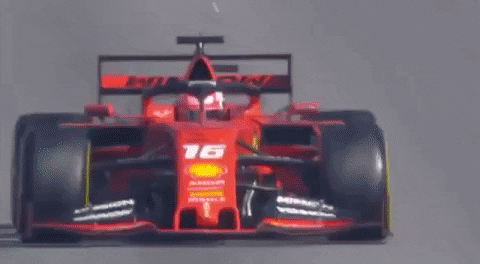
Why is DRS a Feature?
In Formula 1, cars have become almost entirely reliant on aerodynamically-induced grip to fulfill the expectation of a fast racecar. Due to this, they can become extremely unwieldy when there is no air resistance, e.g., when they enter a slipstream. The lack of control produced by the stream often led to greater difficulty while overtaking, ergo, less entertaining races. To stop fans from leaving, F1 officials introduced DRS in 2011, allowing cars to stay out of the slipstream and maintain most of their traction while still gaining an aerodynamic advantage.
DRS Rules
Unlike what it may seem, DRS is not just a free speed boost. There are rules about where and when it can be used. The most prevalent rule is that it can only be used when the car is within designated zones on the track, as pictured below.
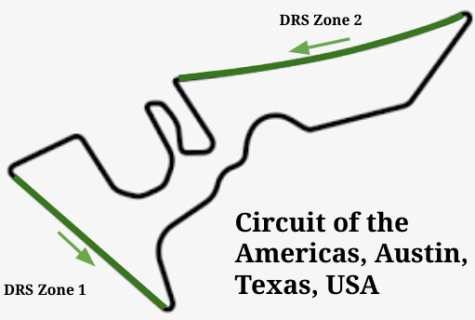

Another important rule is that DRS can only be utilized if the user is within one second behind the immediate car in front, which helps keep overtaking viable. The exception to this rule is that it can be used freely when in qualifying and free practice. Interestingly, DRS is moderated digitally, and it literally cannot be opened unless within a DRS zone. Race officials can even completely turn off DRS when in dangerous conditions, such as wet weather or safety cars.
DRS Failures
Like many other aspects of Formula 1 cars, DRS does not always work properly. This has led to several accidents on track as well as other circumstances. For example, 53/66 laps into the 2004 German Grand Prix, Kimi Räikkönen’s DRS flap completely detached itself, spinning the car and costing Räikkönen a podium finish.
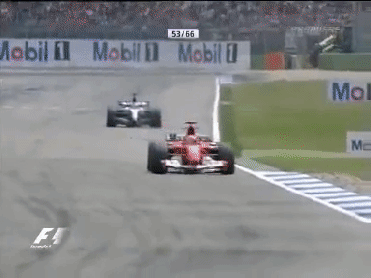
However, the most well known DRS failure is the now infamous Marcus Ericsson crash. During free practice at the 2018 Italian Grand Prix, Ericsson’s DRS flap failed to close upon braking, with the lack of grip causing him to lock his tires and spin out, before his car caught a rut in the grass and rolled at a staggering 220 miles per hour.
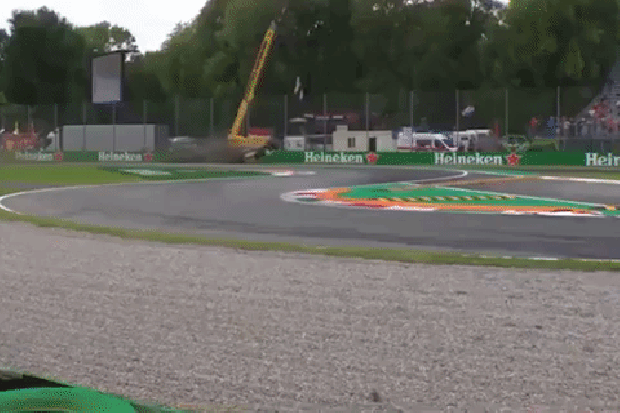
Fortunately, both drivers were able to walk away unscathed.

